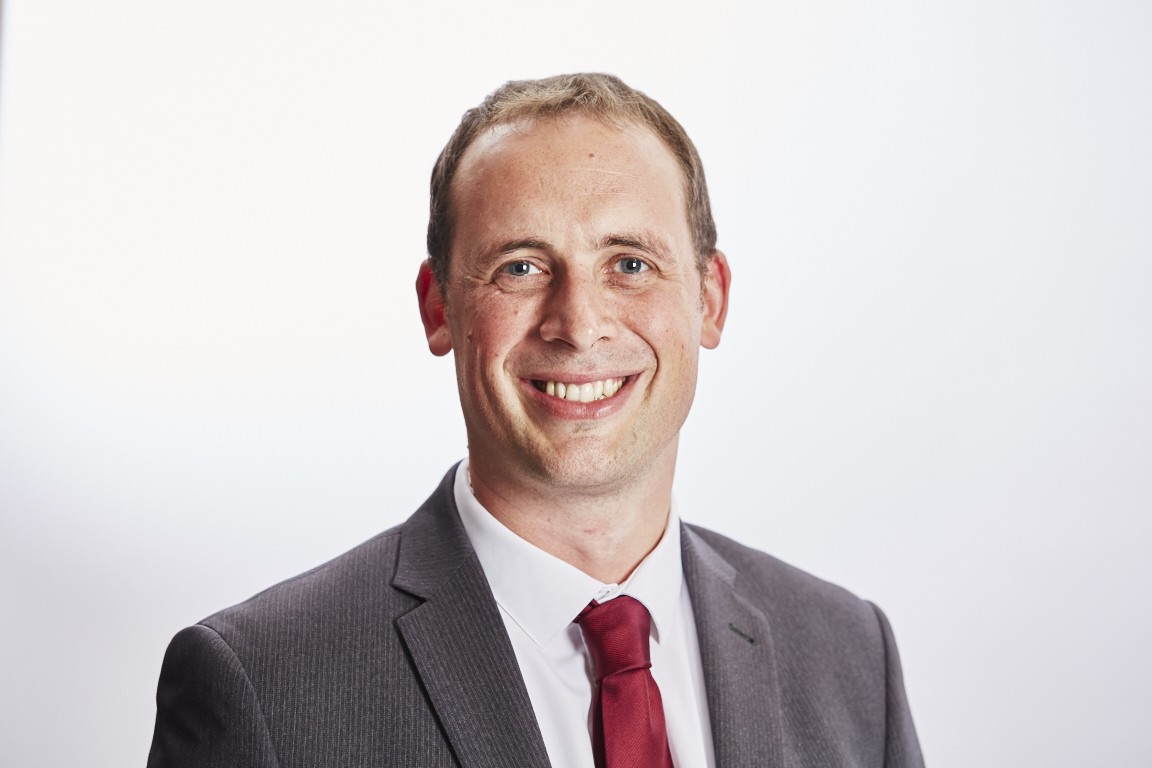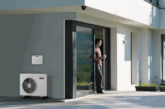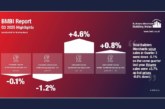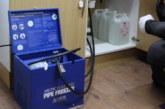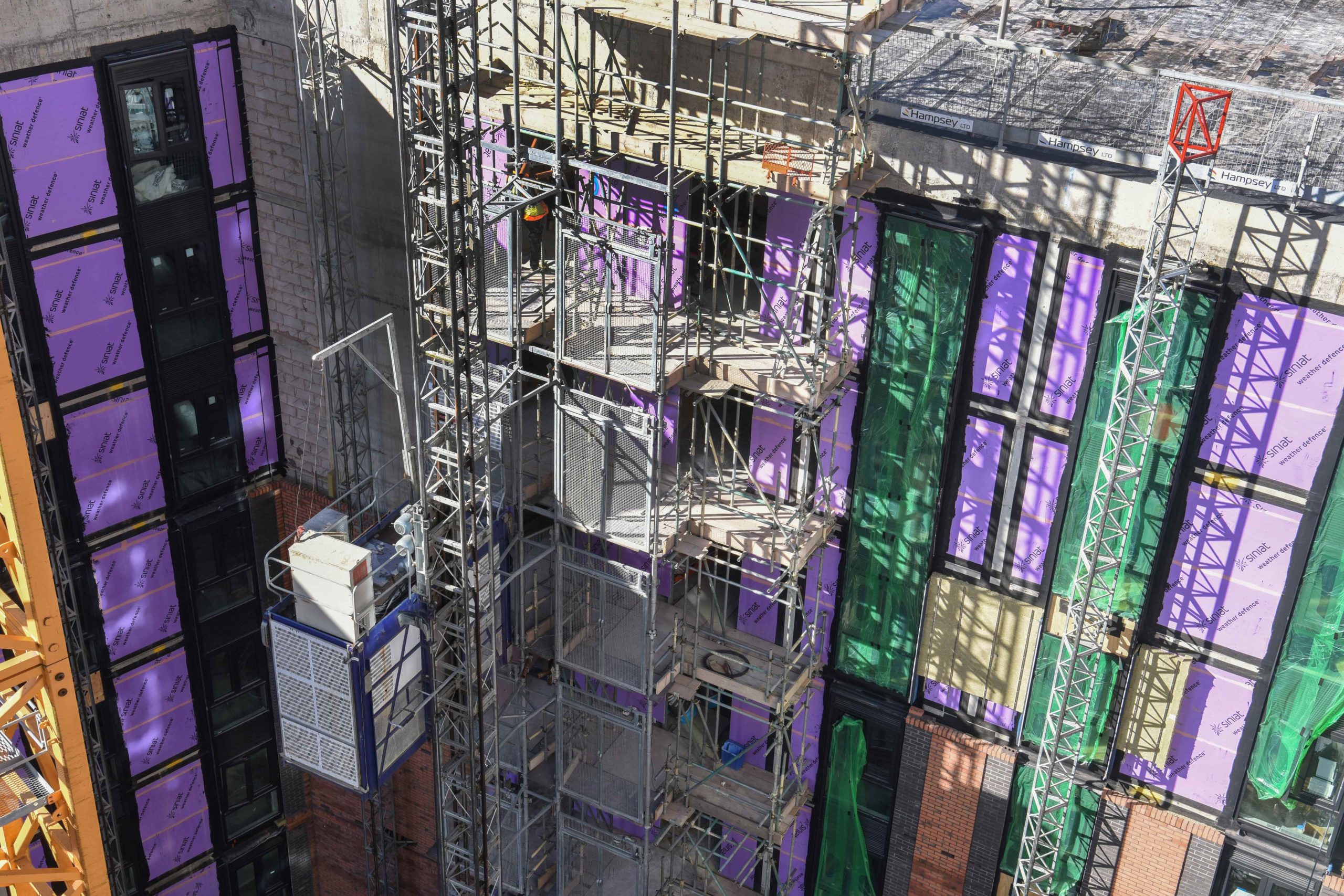
In what is said to be a first for the UK construction sector, Siniat has announced it will “formally take design responsibility for the system information and standard details it issues.”
Billed as marking a significant shift in accountability for construction risk and specification, the move comes at a time when the construction industry is under mounting pressure to address risk, error, and compliance. According to the Get It Right Initiative (GIRI), errors cost the sector between £10–25 billion annually, with “spending on error estimated to be seven times the total annual profit of the UK construction industry.”
This impact is already being felt, for example, with recent research by Siniat finding that 65% of contractors say that the “cascading of risk and liability is placing them under financial strain, with some firms having to lay off staff, and 64% say that these issues have even pushed some firms into administration.”
The role of the Building Regulations Principal Designer (BRPD), introduced under the Building Safety Act, adds further complexity. This legally defined role requires the appointed designer to ensure that all aspects of a project meet current Building Regulations, while coordinating with manufacturers, designers and installers to ensure full compliance.
In this climate, Siniat describes its announcement as “a watershed moment.” By taking full accountability for the standard design details it provides, the manufacturer is “aiming to bring clarity, reduce downstream risk, and support duty holders through the critical Gateway 2 compliance process.”
Steve Warriner, Head of Specification at Siniat, said: “The pace of regulatory change over the past few years, whilst undoubtedly and entirely necessary, has been at times, breathtaking. And, adapting to this recent phase of evolution has demanded a great deal from us as an industry – the type of rigorous scrutiny that requires a willingness to be a little uncomfortable in the name of becoming better.
“The need for clarity and accountability has never been greater. Today, we’re proud to be the first manufacturer to formally accept design responsibility for the systems we help to create. We understand the weight of this decision and the role we must play in supporting safer, more compliant buildings.”
This decision is said to have particular significance for passive fire protection systems, which can make up 5–15% or more of a building’s interior, depending on the specification. These areas, according to the company, have long suffered from grey zones around liability, particularly when combining different systems or adapting designs on-site.
Steve continued: “For too long, risk has cascaded unchecked across the supply chain. We believe that taking ownership of the information we issue is the right step forward – not just for our customers, but for the wider industry.”
The manufacturer says that it will continue to support contractors, designers and principal designers with clear system documentation, classification reports, technical guidance, and specification support as part of this transition.
Siniat’s full statement can be read here.
